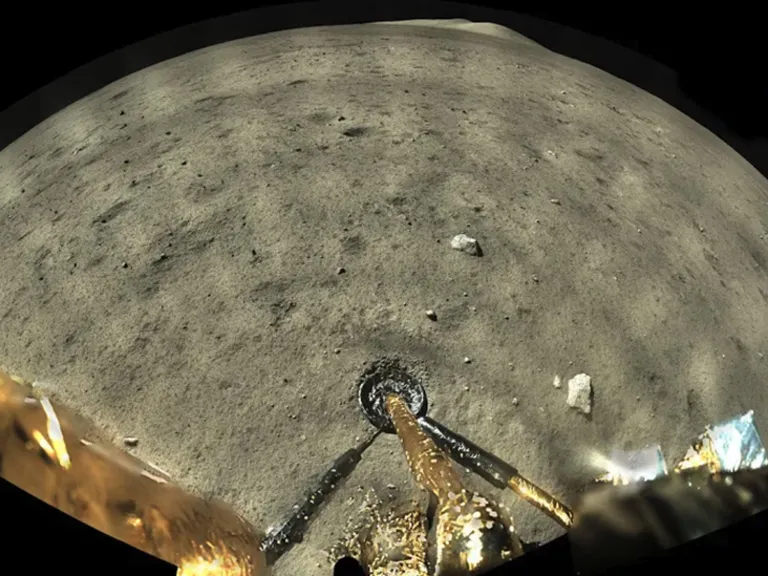A new study from the University of Florida analyzing moon rock samples from a Chinese lunar exploration mission is rewriting our understanding of how the moon is cooled.
Stephen Elardo Ph.D., an assistant professor of geology at the UF College of Liberal Arts and Sciences, has found that lava on the far side of the moon likely cooled much later than previously thought, contradicting previous theories on how and when the moon’s layers formed.
The samples of basalt — an igneous rock formed from rapidly cooled lava — were gathered by China’s Chang’e 5 mission and are the first samples collected from the far side of the moon, as well as the youngest obtained on any lunar mission, making them an invaluable resource for those studying the moon’s geological history.
“Using radioactive dating, we put together a simple model showing that an enrichment in radioactive elements would have kept the Moon’s upper mantle hundreds of degrees hotter than it would have been otherwise, even at 2 billion years ago,” explained Elardo.
Read more here.
